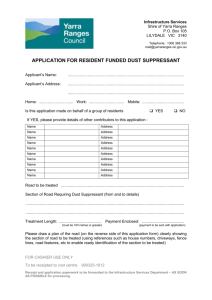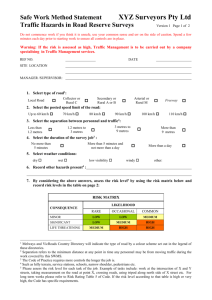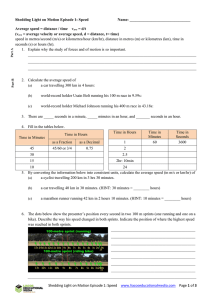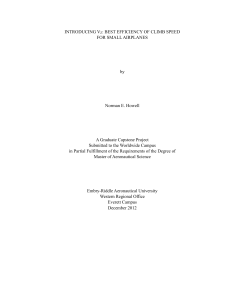Calculating power output for a climb
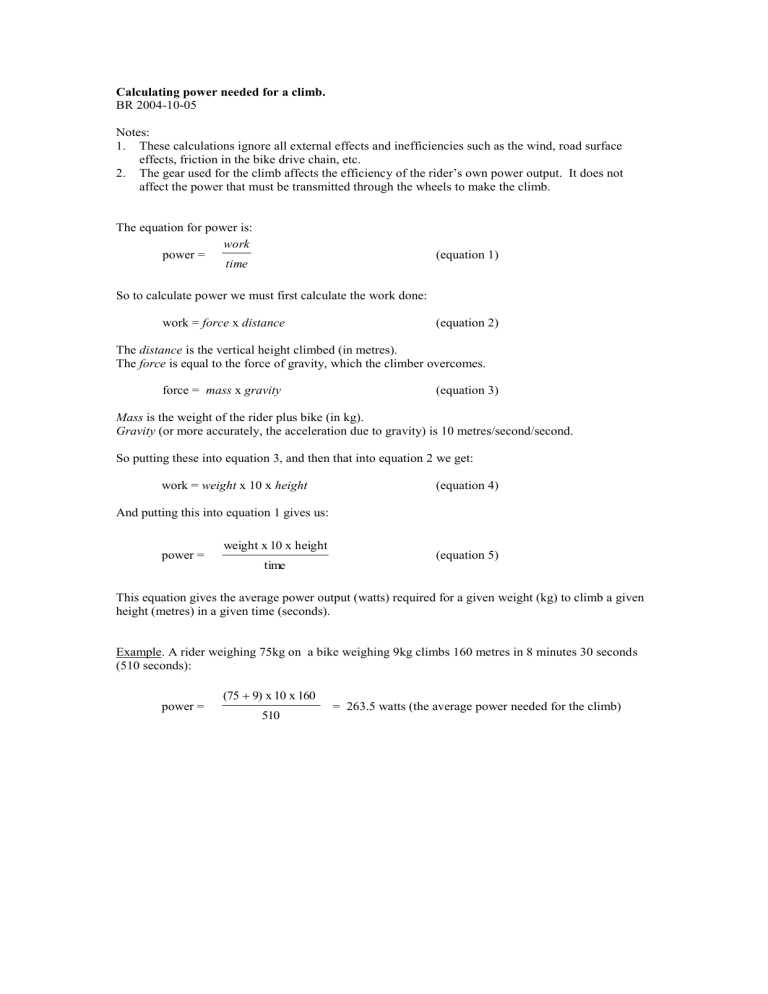
Calculating power needed for a climb.
BR 2004-10-05
Notes:
1.
These calculations ignore all external effects and inefficiencies such as the wind, road surface effects, friction in the bike drive chain, etc.
2.
The gear used for the climb affects the efficiency of the rider’s own power output. It does not affect the power that must be transmitted through the wheels to make the climb.
The equation for power is: work power = time
So to calculate power we must first calculate the work done:
(equation 1) work = force x distance
The distance is the vertical height climbed (in metres).
(equation 2)
The force is equal to the force of gravity, which the climber overcomes. force = mass x gravity
Mass is the weight of the rider plus bike (in kg).
(equation 3)
Gravity (or more accurately, the acceleration due to gravity) is 10 metres/second/second.
So putting these into equation 3, and then that into equation 2 we get:
(equation 4) work = weight x 10 x height
And putting this into equation 1 gives us: power = weight x 10 time
x height
(equation 5)
This equation gives the average power output (watts) required for a given weight (kg) to climb a given height (metres) in a given time (seconds).
Example. A rider weighing 75kg on a bike weighing 9kg climbs 160 metres in 8 minutes 30 seconds
(510 seconds):
(75
9) x 10 x 160 power = = 263.5 watts (the average power needed for the climb)
510

